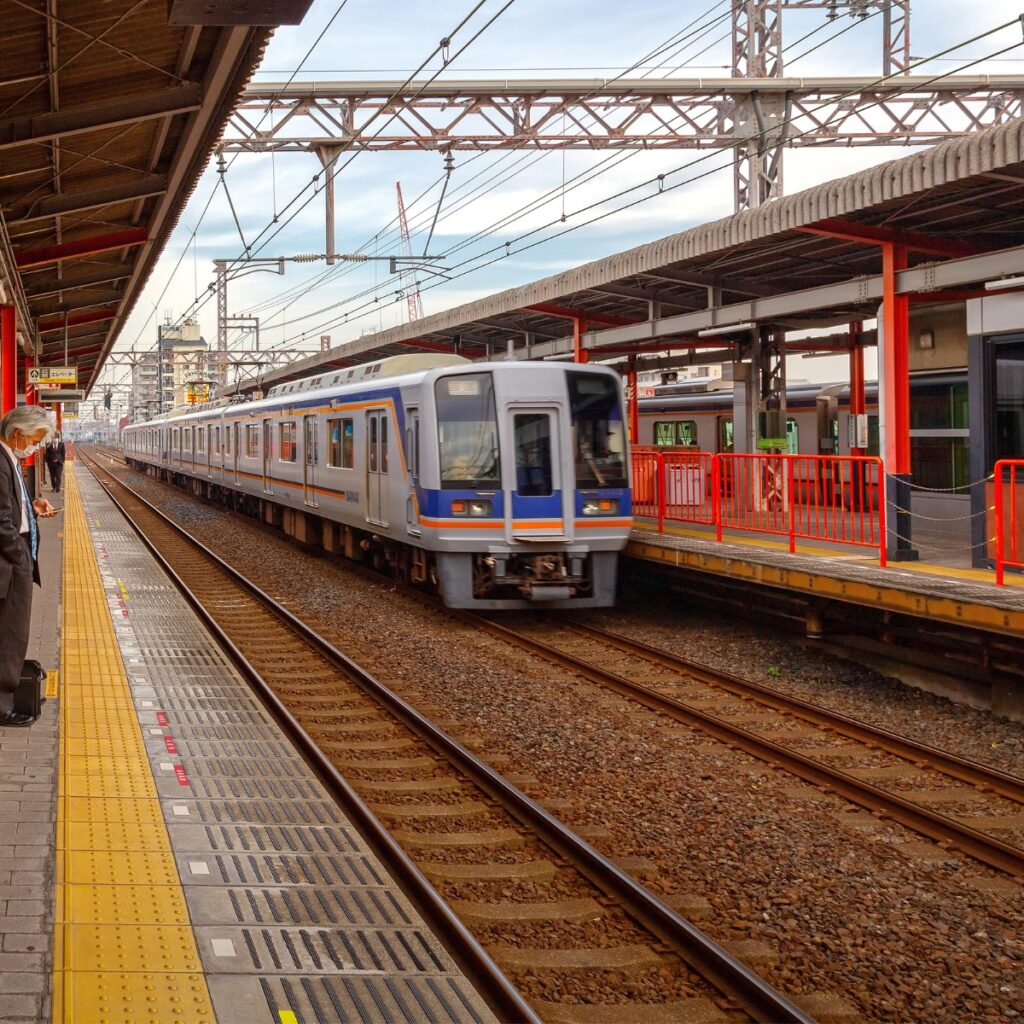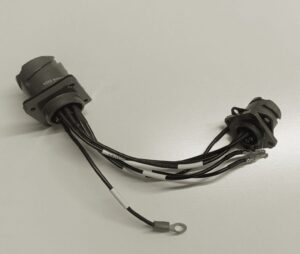The transportation industry, particularly railways, demands robust and reliable solutions to ensure seamless operations in challenging environments. One such solution is the integration of military-grade connectors, which are increasingly finding their way into railway projects worldwide.

Originally designed for the defense sector, these connectors are now known for their durability, precision, and adaptability across industries. Here’s an in-depth look at their role in railway projects.
Why Are Military Connectors Used in Railway Projects?
The adoption of military-grade connectors in railway systems comes from their ability to meet the rigorous demands of modern transportation.
Here are some reasons why MIL-Grade connectors are so ubiquitously used in railways:
- Environmental Resilience: Railways operate in diverse climates, from scorching deserts to freezing mountain regions. Military connectors are designed to endure extreme temperatures, moisture, and dust, ensuring uninterrupted connectivity.
- Vibration and Shock Resistance: Trains are subject to constant vibrations and shocks during operation and need a robust connection to avoid breakdowns due to such extreme environments. Military-grade connectors, with their secure locking mechanisms, remain stable and reliable even in such dynamic conditions.
- Safety and Reliability In railway systems, safety is of utmost importance. Military connectors ensure stable power and signal transmission, reducing the risk of system failures that could compromise passenger safety.
- Customizability Modern railway projects require tailored solutions for different systems, such as signalling, braking, communication, and lighting. Military connectors come in various configurations and sizes, making them ideal for diverse applications.
Applications of Military Connectors in Railways
Some of the critical areas in railways where military connectors are deployed are as follows:
- Signalling Systems: Reliable data transmission is vital for railway signalling, which ensures the safe movement of trains.
- Power Distribution: These connectors efficiently transmit power to various subsystems, such as HVAC, lighting, and infotainment systems.
- Communication Systems: Military connectors enable robust data flow and hence are used in various aspects of driver communication to passenger information displays
- Control Systems: They are integral to braking systems, traction control, and other operational mechanisms. In fact, the working of operational mechanisms is highly dependent on such control systems.
Here are some of the benefits of incorporating military-grade connectors in Railway Projects –
- Longevity: Military connectors’ robust build reduces the frequency of replacements and maintenance, lowering overall costs and at the same time, enhancing performance.
- Interoperability: Their standardized designs enable compatibility with legacy systems and new technologies. This ensures that the whole railway system can undergo seamless upgrades without compromising on service.
- Cost Efficiency: While the initial investment may appear to be higher, the durability and reliability of military connectors in actuality result in long-term savings
- Compliance with international standards: These connectors are compliant with international standards making them a reliable choice for a system as robust as the Indian Railway system.
Military connectors are an integral part of railway projects not just in India but also around the world. Integrating MIL-Grade connectors helps make railway systems safer and more efficient. As railway networks continue to evolve, the adoption of military-grade connectors will likely expand, setting new benchmarks for durability and performance.
You may click here to learn more about railway connectors.

